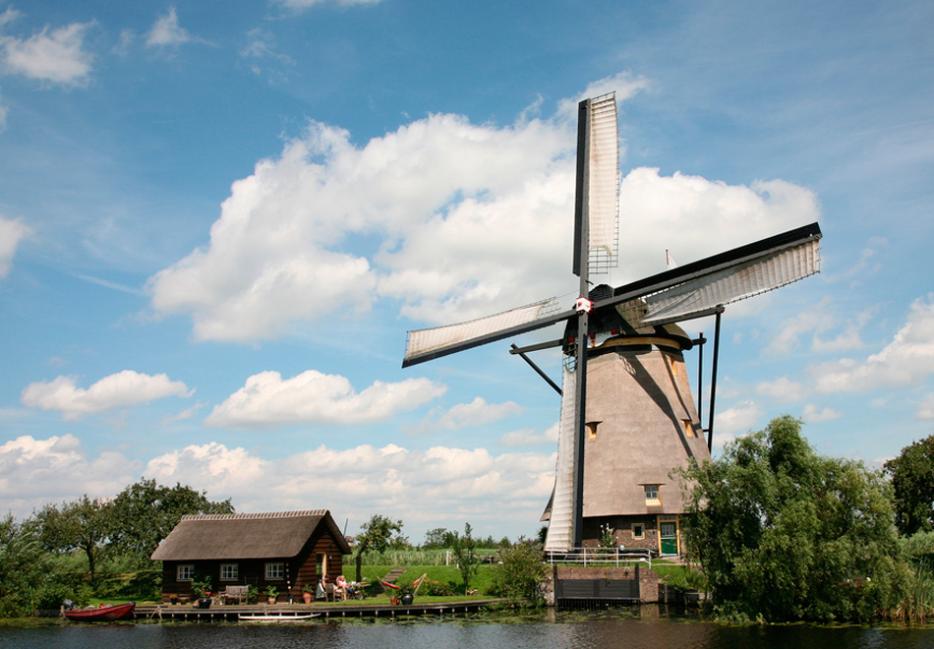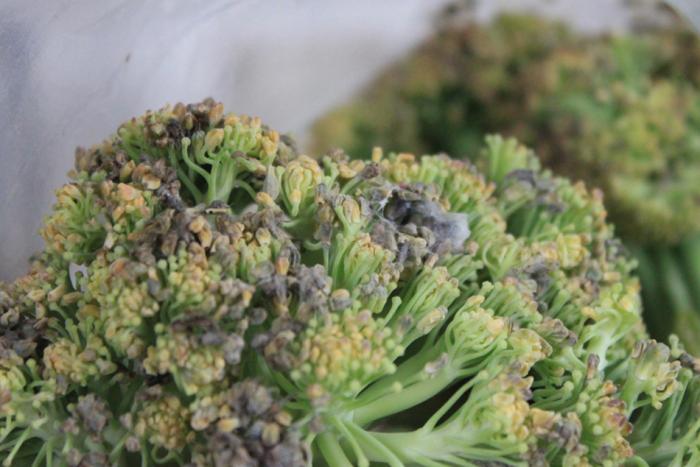My mother didn’t have cousins until she was 63. She came to Canada as an eight-year-old with her parents and her two sisters, and they assimilated as fast as they could. Her name, Eileen, is an anglicized version of her original name (it would have been Ellen, but the farm family they lived with during their first year in Canada had a son named Allan), and she and her sisters perfected their English listening to radio broadcasts of the British comedy The Goon Show. In all surviving photos from my mother’s childhood, it’s always just the three sisters, with one parent in the photo at a time. There was no one else to hold the camera.
Then in 2007, she got an email from Holland. Did she, the writer asked, have any information on a family of the same last name who had emigrated to Canada in 1951, and who, he believed, had ended up in the Ottawa region? They were his father’s sister and her husband and children, he said, and they had sent back one photograph before vanishing into the fog of the New World. He had attached a scan, and when my mother clicked on it she saw the black-and-white picture that hangs at the top of our stairs: her mother, father, sisters, and herself standing on the rickety steps of a small plane, about to set foot on Canadian tarmac for the first time. Behind them, you can see a placard lettered “Montreal.” My grandparents look proud and excited in their travelling clothes, and my mother is squinting seriously into the camera and clutching to herself a floppy doll.
Right now, we’re living in a “genealogy boom,” a period in which pursuing knowledge of one’s ancestry through archival research, genealogical tourism, and DNA testing is an increasingly common pastime. In North America, genealogy has been a fad at different times for different reasons. After the US revolutionary war, according to University of Illinois professor Carla Almeida Santos, social climbers were fixated on authenticating their upper-class European roots; after WWI and WWII, families wanted to feel closer to the relatives they had lost.
For our modern band of isolated narcissists, genealogy seems like the perfect hobby. There’s a satisfying teleology to it: we’re interested in other people’s lives because they illuminate how we ourselves came to be born. There’s a thrill to seeing our own last names in record-books, and DNA analysis allows us to navel-gaze in molecular detail. That’s the cynical view. But in Carolyn Abraham’s new book, The Juggler’s Children: A Journey into Family, Legend, and the Genes that Bind Us, she asks an attendee at a genealogy convention why we’re once again searching for our roots, and gets a straight answer: “‘We’re lonely,’ he said flatly.”
We flew to Holland in 2009 to visit my mother’s suddenly greatly extended family. On the plane, she was disappointed to find that she didn’t understand the KLM flight attendant’s announcement about seat belts and carry-on luggage—”I thought it would all come flooding back,” she said. My sister and I gargled our way through place-names: Huizen, Soestdijk, Utrecht.
Mum’s cousin Hans and his wife Ineke hosted us. Their neighbourhood, their street, and their house and garden were so clean and neat we felt like our footprints were leaving cheeseburger grease behind us. “It’s like living in a cuckoo clock,” my sister said. “I coughed up some phlegm while we were outside, but their yard is so tidy I felt like I shouldn’t spit it out, so I swallowed it,” I whispered back. At the bottom of the garden was a shed, and in the shed, Hans showed us, was our great-grandmother’s tombstone. “Wow,” my mum kept saying, every time Hans mentioned a new relative, or put into her hands more concrete evidence that she belonged to a larger tribe than she ever knew.
On our last day, Hans and Ineke brought us to Kinderdijk, a UNESCO site with nineteen windmills from the eighteenth century. “Windmill,” “Windmill,” “More windmills,” read the captions in the photo album from that day. Hans’ two russet dogs, Jasper and Joris (pronounced Yasper and Yoris), scuttled along on their short legs. My mother walked along the neatly kept path of the dike, shading her eyes with one hand. Her parents had been unsentimental people, and the Old World was old hat to them as soon as they landed. But then, they knew where they came from. My mother looked up at the Hoge Molen (High Mill). “Wow,” she said, as if it were a new kind of cousin.
Every week, Linda Besner reads a new book and writes on a tangentially related topic.
--
Find Hazlitt on Facebook / Follow us on Twitter
Photo credit: Bertknot via Flickr






